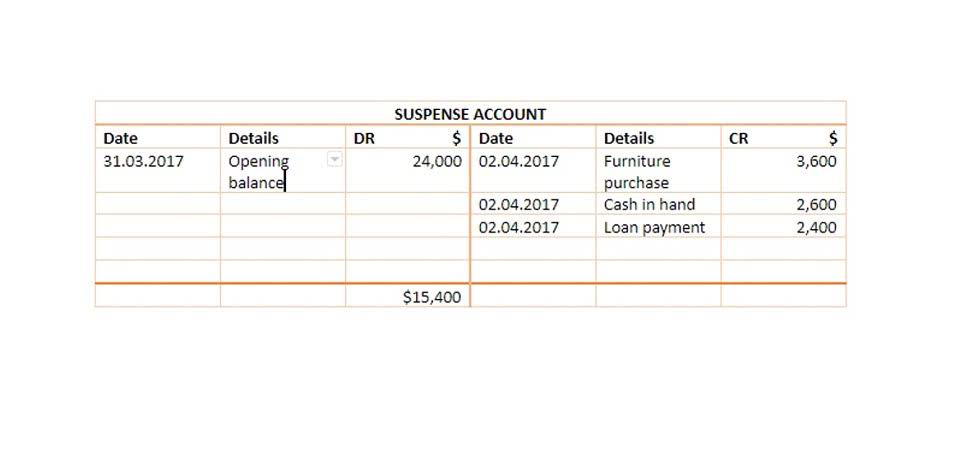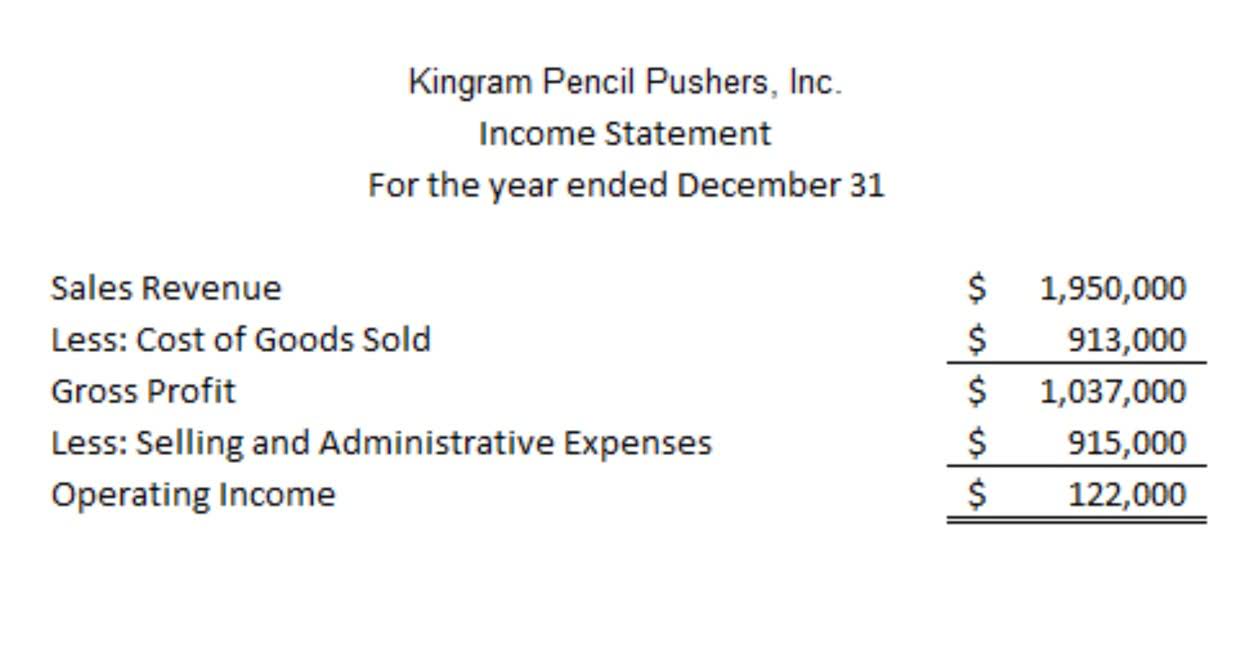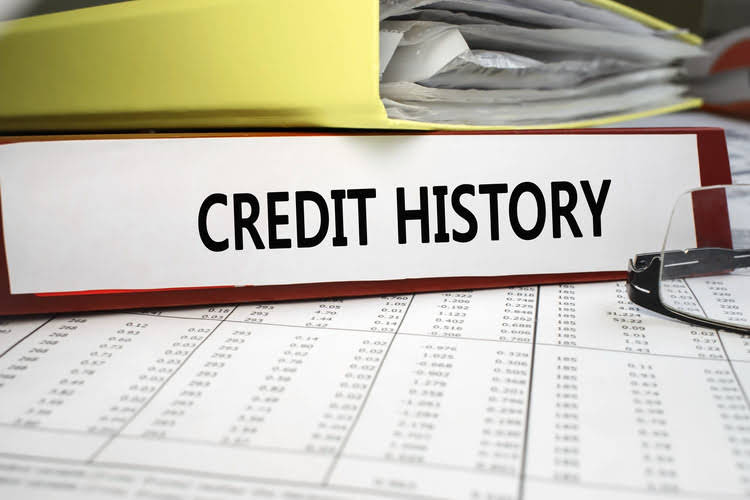
Unlike personal property, real estate typically uses the straight-line depreciation method over a recovery period of 27.5 years for residential rental property and 39 years for commercial ones. This method provides an annual deduction against rental income, lowering taxable income consistently year after year. Intangible assets typically have a longer life span and can be Grocery Store Accounting more challenging to assess in terms of value.
Why is depreciation important for businesses?

For years, you’ve lovingly built and curated your fixed asset depreciation spreadsheet. Managing revaluations and impairments of fixed assets One of the areas of complexity that our users come to us with … Managing fixed assets and calculating depreciation Sounds pretty straightforward, right? Hospitality accounting software Specialized fixed asset hospitality accounting software (specifically the industry leader AssetAccountant), is important for the broader hospitality … It is for a business owner’s own benefit to know which assets can be depreciated and which assets are depreciable assets non-depreciable. This will help the business in the long run to avoid any kind of high expenses and high variable financial results.
Key Methods for Depreciation Calculation
All the current assets, like receivables and cash in hand, cannot be claimed as depreciable assets. These are the assets that can be claimed as depreciable property when you file taxes if any of these are used by you for business or income production purposes. International Financial Reporting Standards (IFRS) also address depreciation but follow different guidelines than GAAP. Under IFRS, the concept of ‘useful life’ is crucial in determining depreciation eligibility. Non-depreciable assets like land do not require depreciation classification, simplifying reporting requirements.

Step 4. Choose an appropriate depreciation method
- This makes them a valuable resource for companies looking to build long-term success and stability.
- In finance and accounting, depreciation is pivotal in allocating the cost of assets over their useful lives.
- Their cultural significance and potential for heightened worth disqualify them from the depreciation treatment applicable to other assets.
- While the asset itself may not depreciate, the tax credit can provide a significant financial advantage.
- For example, there might be specific tax credits available for the preservation of historical treasures or incentives for land conservation.
For 2023, the maximum deduction is a whopping $1,160,000, with a phase-out threshold beginning at $2,890,000 in equipment purchases, rendering it a boon for small and medium enterprises looking to expand. When faced with the choice of depreciation methods, one might consider the straight-line and accelerated techniques as two roads diverged in a fiscal wood. The straight-line method is the simpler path, offering a levelled approach that spreads the cost of an asset evenly over its useful life.
AUD CPA Practice Questions: Auditor Responsibilities for Laws and Regulations Compliance

This makes them a valuable resource for companies looking to build long-term success and stability. One of the primary benefits of non-depreciable assets is their ability accounting to provide a source of income for a business. For example, a piece of land that a business owns can be leased to another company, which can provide a steady stream of income. Additionally, non-depreciable assets can be a source of collateral for a loan, which can be useful if a business needs to borrow money. Importantly, only the building part of the investment is depreciable, not the land. So, investors must separate the cost of the building from the land, which typically involves an appraisal or a ratio based on tax assessments.

Q: Can I accelerate depreciation to reduce tax obligations?
According to the Internal Revenue Code (IRC) Section 167, depreciation applies only to assets that decay, wear out, or become obsolete, excluding land. Long-lived assets with indefinite useful lives, such as goodwill and certain intangible assets, are subject to impairment testing to ensure their carrying value aligns with their recoverable amount. Impairment testing involves comparing the asset’s carrying value to its fair value or value in use, with any excess indicating impairment.